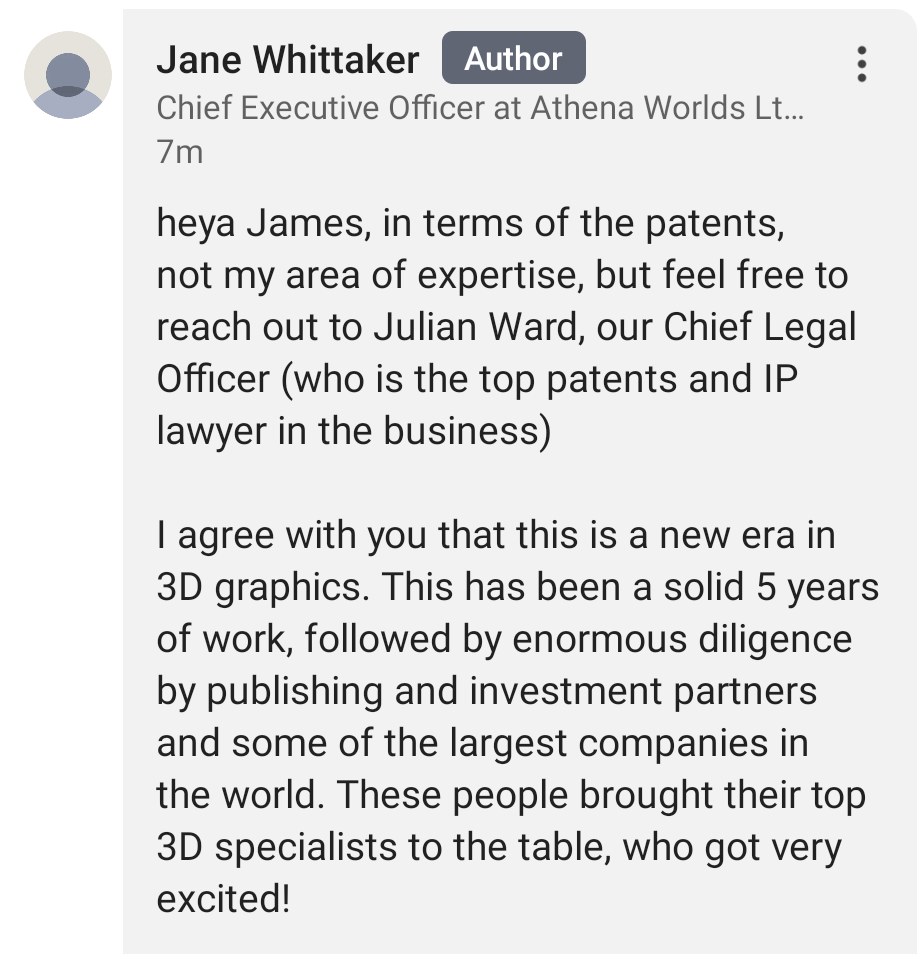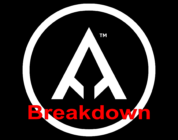FULL DISCLOSURE:
This article and others like it were recently unsuccessfully challenged in the UK high court by Jane Whittaker.
Ultimately after over 2 years of threats and delays the claimant Jane Whittaker was unable to answer the defence, instead requesting the defendant’s permission to drop the case. Initially Whittaker tried to attain a gag order upon the details of the case, however this was wholeheartedly refused by the defendants, thereby placing all case details in the public domain.
These articles show some of the evidence we had at the start of the investigation.
We are pleased to continue to present this information for the public’s interest.
you can read more on Jane Whittaker here:
https://airentertainment.biz/jane-whittaker-proven-to-be-an-industry-fraud/
Court Documents:
https://airentertainment.biz/Downloads/CourtDocuments/CourtOrder.png
https://airentertainment.biz/Downloads/CourtDocuments/Defence.pdf
https://airentertainment.biz/Downloads/CourtDocuments/JasonMcGannAmendedDefence.pdf
Following my previous breakdown of the Athena Worlds claims, the workings of the technology have ‘updated’, so I think a new breakdown is due. I’ll be focusing on the LinkedIn post by Jane Whittaker, who intends to shed some light on Athena’s inner workings.
previous breakdown: https://airentertainment.biz/athena-worlds-breakdown/
Jane Whittaker’s LinkedIn Post:https://www.linkedin.com/posts/janerachelwhittaker_ai-3d-algorithms-activity-6811638962306740225-HRif/
1:

This is an interesting statement, largely because the first articles surrounding Athena suggested real time ‘redrawing’ of 3D objects.

Of course this was quickly altered, but this is quite the wordy statement to have been misquoted originally.
2:

All development software works with other software, this is how development environments work.
What is a ‘Performance Engine’? How does it differ to any other game engine that focuses on performance?
Why specifically Visual Studio? There are many software packages aimed towards programmers. How does Athena even improve performance in Visual Studio? This one is just bizarre. Presumably this claim means that Athena also works with proprietary game engines?
3:

As of the time of writing, nobody has been able to locate these patents, despite attempts to contact Athena Worlds’ Chief Legal Officer, as named by Jane Whittaker.
4:

This is quite literally a description of Frustum Culling. A technique that is incredibly cheap to run, very old and extremely common. Frustum Culling simply removes objects that are not in the camera view frustum (the ‘cone’ a camera sees), then recreates them as they return to view again. This is only one type of culling commonly used in realtime rendering.
Occlusion Culling can then further refine this visible set by removing any objects which are completely obscured by another. Again, this is a common technique with various mature middle-ware solutions readily available.
Then we have Backface Culling. This method prevents the backside of any polygon from rendering, halving the polygon rendering cost on objects that use it. It’s worth noting that these methods are completely deterministic, as in they arrive at a perfect solution. It is therefore unclear how ‘AI’ culling could improve upon them, especially to give the 10x speedup as is claimed.
5:

The first sentence greatly conflicts with the statements of developers who have worked with Jane Whittaker through 2018 and 2019. At this time their work was on Unity-based projects, Homicide Detective and an unnamed VR project, neither of which were published nor used proprietary technologies such as Athena. Furthermore, the Athena team has not existed for 5 years, there was even a gap between 2019 and 2020 in which no team officially existed under Jane Whittaker’s leadership.
Creating Level of Detail (LOD) models on the fly is an already proven technology. There are research papers and examples of dynamic LOD systems going back at least a decade, in which a GPU would create LODs dynamically during runtime. Dynamic LODs are not often used because using existing, pre-made LODs is just simply more performant than recreating new geometry in real time, it already works effectively and there are a number of very effective tools available to even automate the processes required. There is simply no way that adding an extra process, no matter how efficient, to an already extremely effective system can result in a ten fold leap in performance.
6:

Polygons are not the bottleneck when it comes to game performance. One could quite easily have a scene made of millions of polygons without performance issues. Having this as a frontline feature shows a lack of understanding about what really goes on during each rendered frame in a modern game. Actions such as physics simulation, resolving collision, animation, and complex shaders typically have much higher performance costs than polygon counts.
7:


As was mentioned in the previous breakdown, the ‘without Athena’ image is very unrepresentative of a scene created by professional developers.
The claim here is also that the scenes were created independently by Athena team members, but using a Unity Asset Pack. However, the ‘With Athena’ image simply shows the demo scene provided with the Asset Pack. This scene was already created and set up by the creator of the Asset Pack prior to being used in this example. I was even able to download the Asset Pack myself, load the exact same scene, even improve the lighting a little and add a few extra assets.

The creator of the Asset Pack (Known as Nova Shade on the Unity Asset Store) was contacted about the use of their pack in this manner, their response was:
“Thank you for digging this up ! This whole “technology” sounds like a scam…, I appreciate your email but I’m afraid I can’t do much about it.”
If you do like the art you see from the Athena examples, please support the artist responsible.
8:

This is not unusual in a development process. Many games go through optimisation passes to improve performance. Adding more ‘stuff’ alone is nothing new, nor is it descriptive enough to really explain what is happening.
These were the claims made in the newest article about Athena Worlds. There are unfortunately no videos or performance logs to back up these claims, however there are a few replies to comments under the article:

A. This comment alone is conflicting. What was described before was quite literally a form of Frustum culling. Whether it is a new hyper-efficient form or not, it is Frustum Culling. Claiming to be ‘fully familiar’ with Frustum Culling but not recognising it encompasses the previous claims is contradictory.

B. This is a strange comment. It seems to refer to difficulties usually found in VFX and movie production, rather than videogame production and rendering. Perhaps foreshadowing further capabilities and uses of Athena. However, no comments have yet been made regarding Athena’s support for higher order surfaces or ray tracing.

C. Enormous diligence by unnamed publishing and investment partners. Some of the largest companies in the world, top 3D specialists – who?
Interestingly this following point seems to be completely ignored in the latest update:

There are no explanations as to where the time or cost savings come from, and so far all Athena claims appear to focus on visual assets and rendering. Asset creation and implementation are only small parts of the overall development process, and most of these processes work in parallel. Reducing the art workloads by 40% does nothing to speed up design or programming, for example.
This also causes issues with the ‘10x more stuff’ quoted earlier. This implies more room to create more assets. However, one cannot simultaneously reduce workloads and increase the output ten fold. Dealing with so many more assets will have knock-on effects down the development pipeline, particularly when it comes to implementation, testing and memory/storage.
How then does Athena give the claimed 40% plus savings in development time and cost?
Keep note that I do not ever claim Athena to be non-existent here, simply inconsistent, confusing and poorly described given the creators technical prowess. There are very bold claims made here with little-to-nothing to back them up. Still images and quotes don’t mean much in a medium that largely relies on dynamic visuals and real time renders. I would like to see interactive demos, GPU and CPU logs, true comparisons that can be viewed in environments outside of the Athena team’s computers. Truly peer-tested and reviewed examples of the technology.
Surely if various people have already witnessed the tech, there cannot be much stopping the wider audiences from doing the same?
Frustum culling is explained here: Wiki Viewing Frustum
Occlusion Culling:Occlusion Culling Algorithms
Backface Culling:




